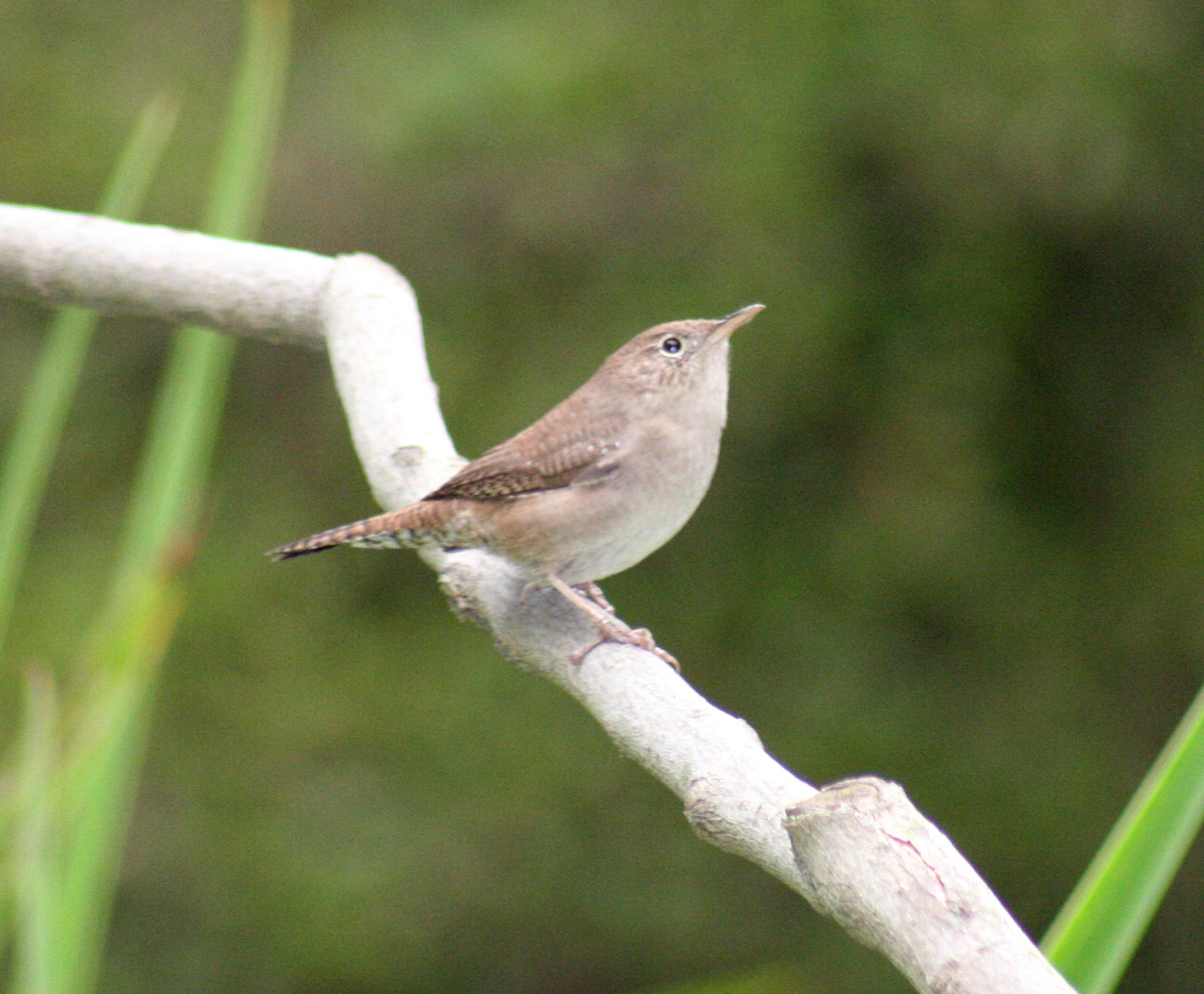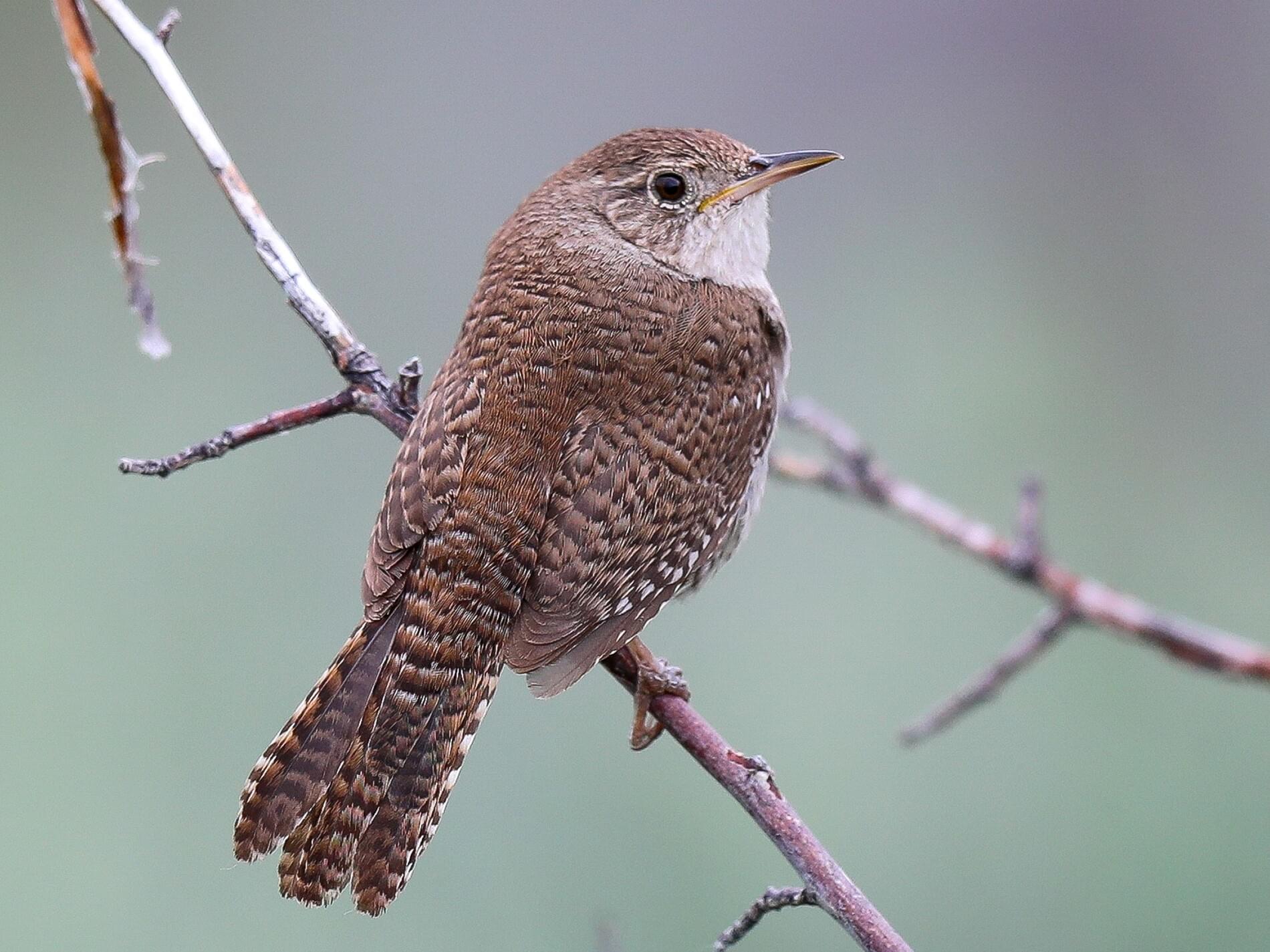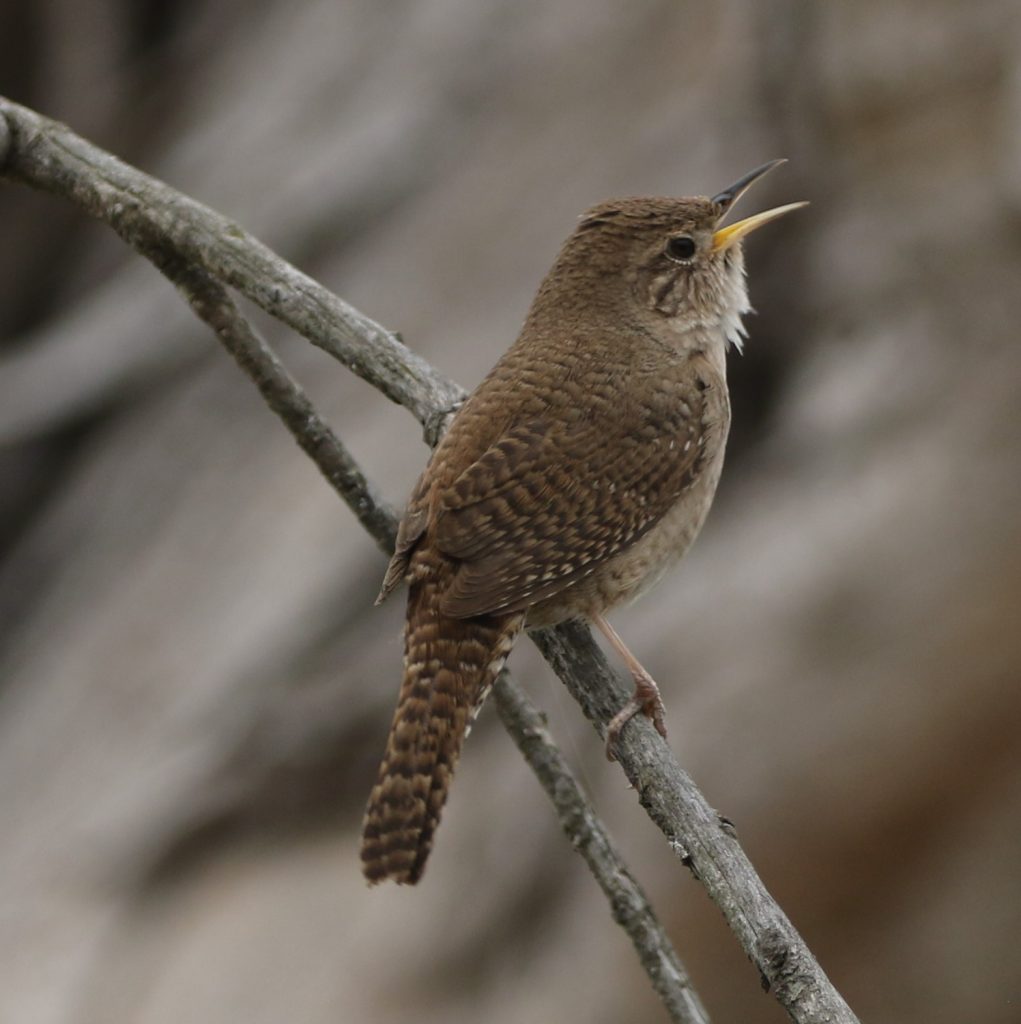Table Of Content

Their foraging usually occurs in the shrubs and low bushes, as well as along the ground. This bird’s diet makes them attractive to families who want their yards kept free of insects. This species prefers relatively open areas with a variety of small shrubs and bushes.
Winter Wren
Those in the south and west remain all year, but those in central US states migrate south for winter. Attract Pacific Wrens to your backyard with native plants and dense vegetation, and try installing a nest box. Marsh Wrens are brown with black and white streaks on their back. Their underside is grayish brown, and they have the distinctive upright tail of the wren.
Are Wrens Friendly?
The House Wren is a common wren species that lives throughout much of North America. They are members of the Troglodytidae family, along with over 80 different species of wrens. Look for Canyon Wrens in rocky areas where they forage for insects and spiders hidden in crevices.
Latham Watkins Assists Wren House in Securing CFIUS Clearance - Latham & Watkins LLP -
Latham Watkins Assists Wren House in Securing CFIUS Clearance.
Posted: Wed, 06 Dec 2023 08:00:00 GMT [source]
Have A Great Story About Wrens Around Your Home?
But perhaps there’s simply no downside to destroying any and all unrelated eggs—for the wrens, anyway. But the wrens don’t kill for vengeance; they do it for survival. Competition is fierce among cavity-nesting birds, especially for those like the House Wren that can’t carve out a home for itself. It must discover an existing hole to nest within—and if there isn’t a vacant spot available, it does what it must to survive and reproduce.
Song (Northern)
The house wren (Troglodytes aedon) is a very small bird of the wren family, Troglodytidae. Its taxonomy is highly complex and some subspecies groups are often considered separate species. The name troglodytes means "hole dweller", and is a reference to the bird's tendency to disappear into crevices when hunting insects or to seek shelter. House Wrens are small nondescript round brown birds with darker barred wings and tails and a paler throat. Rock Wrens are pale brown birds that have a long tail and thin bill. If you look closely, you can small white speckles on their back and wings.
Bird & Nest Information
Their short, strong legs mean they can cling onto rocks and even scale a vertical rocky cliff. They are recorded in 1% of both summer and winter checklists for the state. Wrens are unremarkable-looking songbirds with big personalities. They are brown, relatively small, and rather plump birds with distinctive upright tails and big voices.
They usually prefer shallower areas than Marsh Wrens and hunt for insects and spiders. Cactus Wrens do not have an upright tail like most wrens. Instead, they fan their tails out to show the white tips. Cactus Wrens are easier to recognize with their speckled undersides, large bold eyebrow stripe, and large size. Rock Wrens are found in dry, rocky areas in western US states and southwest Canada.

Listen for House Wrens in California!
Small house wrens live life large, at times to detriment of neighbors - The Tomahawk
Small house wrens live life large, at times to detriment of neighbors.
Posted: Sun, 07 May 2023 07:00:00 GMT [source]
They can be spotted during migration in the Eastern US. House Wrens spend their summer breeding in the US and Southern Canada before migrating to The South and Mexico for winter. Some of you may wish to purchase a house instead of building one yourself. Here is our current recommended style of Wren birdhouse.

These little birds might be cute, but they do not do well in a household setting. These are wild birds, and they need plenty of space to fly and explore. Troglodytes Aedon was one of the two pets of King Friday the XIII in Mister Rogers' Neighborhood. Trog, as the King called him, was a wooden wren on a stick, and Trog had his own song. King Friday's other pet was a mockingbird (a wooden mockingbird on a stick) named Mimus Polyglottos (see Neighborhood of Make-Believe). There are 32 recognised subspecies.[7] These are sometimes divided into three distinct groups and one or several distinct island-endemic subspecies.
Like the American Goldfinch and Chipping Sparrow, the House Wren adapts well to suburban habitats, as long as there is ample cover including shrubs and tangles. Although its numbers remain stable, this species faces many of the same threats as less-adaptable birds. Many migrating House Wrens are killed in collisions with buildings, communications towers, and cars. As insectivores, they are also vulnerable to the direct and cumulative effects of pesticides. Territorial House Wrens even attack the open-cup nests of species such as the Gray Catbird and American Robin.
In turn, a female House Wren may raise a second brood with a new mate, leaving the young from her first clutch for the male to raise. House Wrens typically raise two broods per season — quite often with different mates. As implied by its common name, the small, active House Wren is often found near people's homes.
House wrens are cavity nesters and are easily attracted to birdhouses. We’d prefer that the bird patiently and politely wait its turn, perhaps. Indeed, House Wrens are fiercely impatient across the board. In many cases, a male House Wren may lure a second mate to move in to a nest site on his territory while his primary mate is still incubating their clutch. And if a male holds no territory he may boldly attempt to take one by force. The usurper sometimes succeeds in driving out the resident male, claiming his mate, and killing her eggs or young so that she must start over.
The species rates a 5 out of 20 on the Continental Concern Score, indicating a species of low conservation concern. ABC has initiatives in place to tackle these threats, including our Glass Collisions program, which offers solutions to keep birds from hitting windows. Our Pesticides program continues to fight the worst of these toxins; we are pushing the U.S. Environmental Protection Agency (EPA) to require more review of dangerous chemicals, and demanding more accountability for pesticide manufacturers. Although the House Wren's aggressive behavior may shock human bystanders, it allows this small bird to gain an edge in the often-fierce competition for nesting space. The House Wren, like another common backyard bird, the Blue Jay, seems to be loved and reviled in equal measure by its human neighbors.
Males may make several “dummy nests” and allow females to choose the one they will actually lay eggs into. Despite their small size, House Wrens can be fierce competitors for nest sites, sometimes evicting a larger species and claiming its cavity. They have a short tail, thin bill, and dark barring on their wings and tail. Although many birds fiercely defend their territories during the breeding season, the House Wren takes this behavior to an extreme.

No comments:
Post a Comment